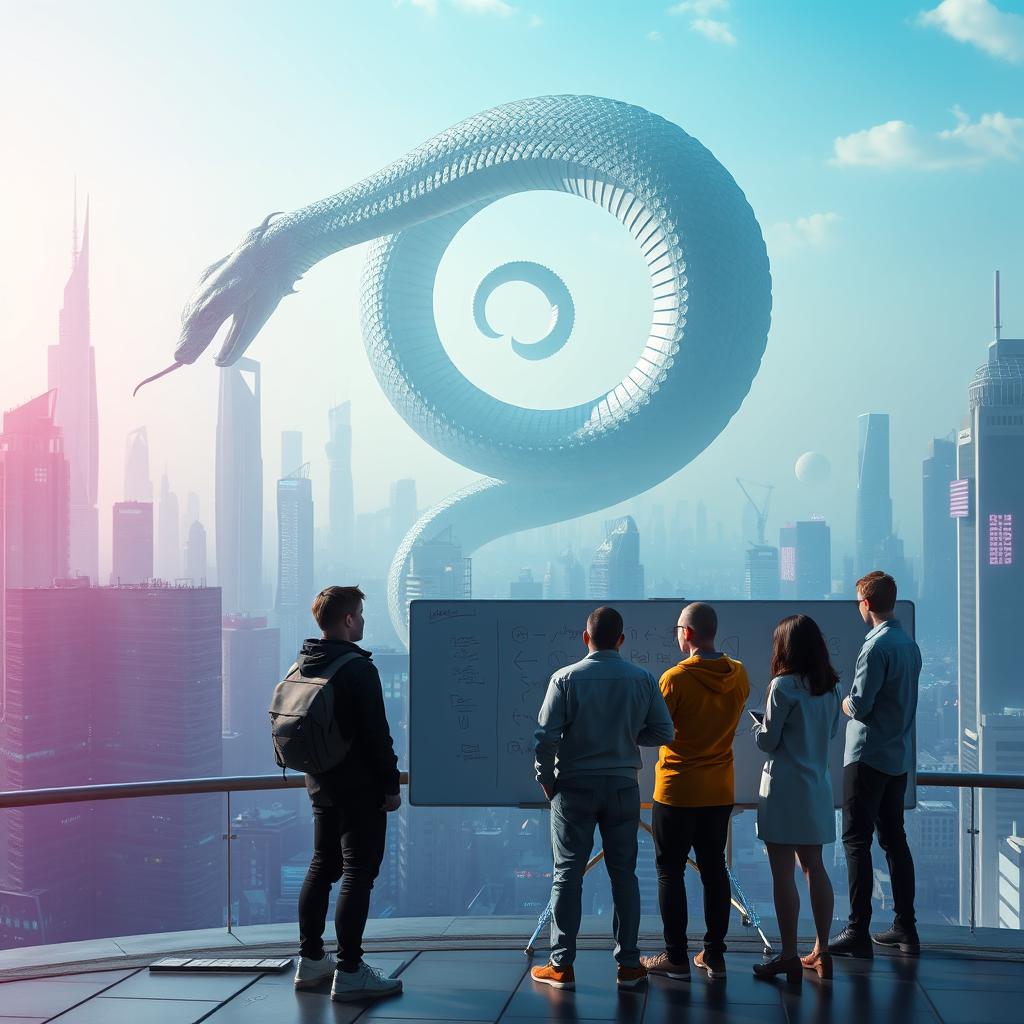The AI Landscape: A Shift in Paradigm
The AI landscape is witnessing a paradigm shift, as Google CEO Sundar Pichai’s recent comments at the New York Times’ Dealbook Summit suggest. Pichai’s assertion that the “low-hanging fruit” era of AI development is over is echoed by other prominent figures in the industry, including Ethereum co-founder Vitalik Buterin, a16z’s Marc Andreessen, and former OpenAI co-founder Ilya Sutskever. This collective sentiment is rooted in the realization that the current approach to building AI models, which relies heavily on large datasets and scaling up compute power, is no longer yielding the same level of progress.
The Plateau Effect
Research has indeed shown a slowdown in the performance of AI models compared to two years ago, when ChatGPT was launched to the public. A report by OpenAI’s next-gen model, for instance, hit a performance wall (Decrypt, 2023). This phenomenon is attributed to the limitations of scaling AI models learning from massive amounts of unlabeled data. As Pichai noted, “When I look at 2025, the low-hanging fruit is gone, the curve, the hill is steeper.”
The Ouroboros Effect
The risk of an “AI ouroboros” effect, where models train on data generated by other AIs rather than human-created content, further exacerbates the plateau effect. This phenomenon, named after the ancient image of a serpent eating its tail, can lead to repetitive or distorted outputs as the system relies on AI-generated data. The ouroboros effect is a self-reinforcing loop that can create a feedback cycle, where models continue to learn from other models’ outputs, rather than from human-created content.
Consequences of the Plateau Effect
The plateau effect has significant consequences for the AI industry. As Pichai noted, “I think the elite teams will stand out in 2025, so I think it’s an exciting year from that perspective.” However, this also means that smaller teams or developers who are not able to invest in more compute power or larger datasets may struggle to keep up. Furthermore, the ouroboros effect can lead to a degradation in model performance over time, as the system relies on increasingly distorted or repetitive outputs.
Deeper Breakthroughs Ahead
Despite the challenges, Pichai remains optimistic, suggesting that the field will see significant advancements in the coming year. As he noted, “I expect a lot of progress in 2025, so I don’t fully subscribe to the wall notion.” However, he also emphasized the need for deeper breakthroughs, particularly as we transition to the next stage of AI development.
Key Takeaways
- The “low-hanging fruit” era of AI development is over, and the current approach is no longer yielding the same level of progress.
- The plateau effect is attributed to the limitations of scaling AI models learning from massive amounts of unlabeled data.
- The ouroboros effect, where models train on data generated by other AIs, can lead to repetitive or distorted outputs.
- Deeper breakthroughs are needed to overcome the plateau effect and achieve significant advancements in the AI industry.
Predictions
Based on the analysis, we can make the following predictions:
- The AI industry will see a shift towards more specialized and domain-specific approaches, as developers seek to overcome the plateau effect and achieve deeper breakthroughs.
- The ouroboros effect will become a major challenge for the AI industry, requiring developers to find new ways to incorporate human-created content into their models.
- The need for deeper breakthroughs will drive investment in research and development, particularly in areas such as transfer learning, meta-learning, and few-shot learning.
By understanding the paradigm shift in the AI landscape, developers can better navigate the challenges and opportunities ahead, and make informed decisions about their investment in AI research and development.




